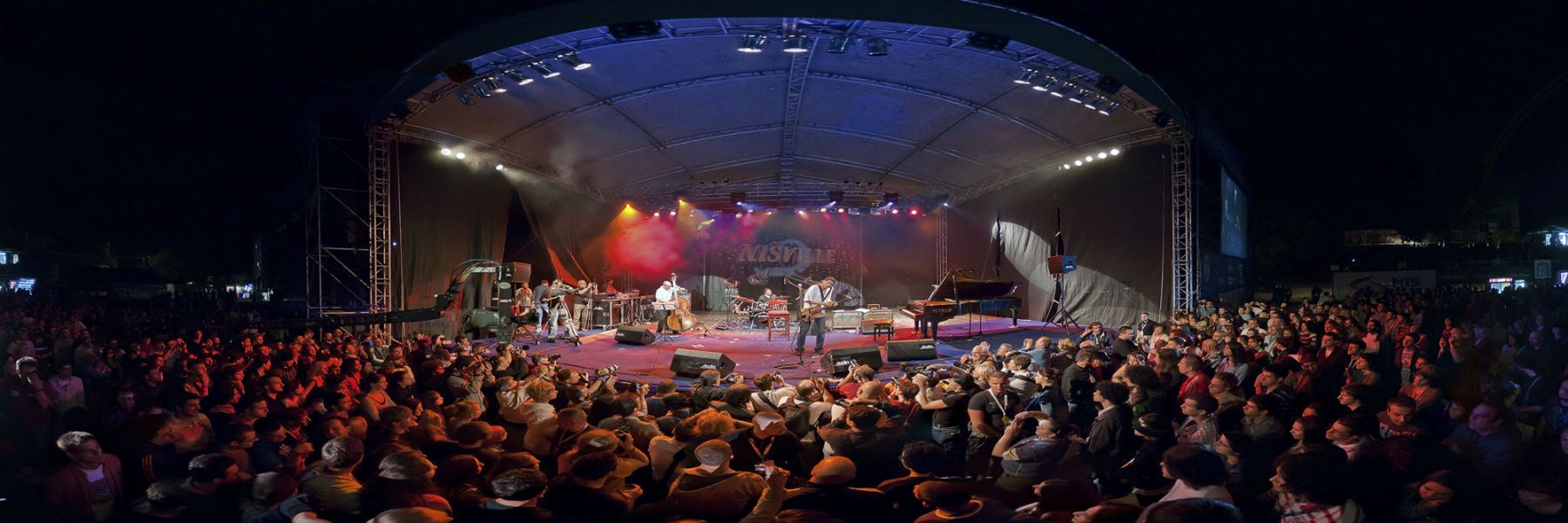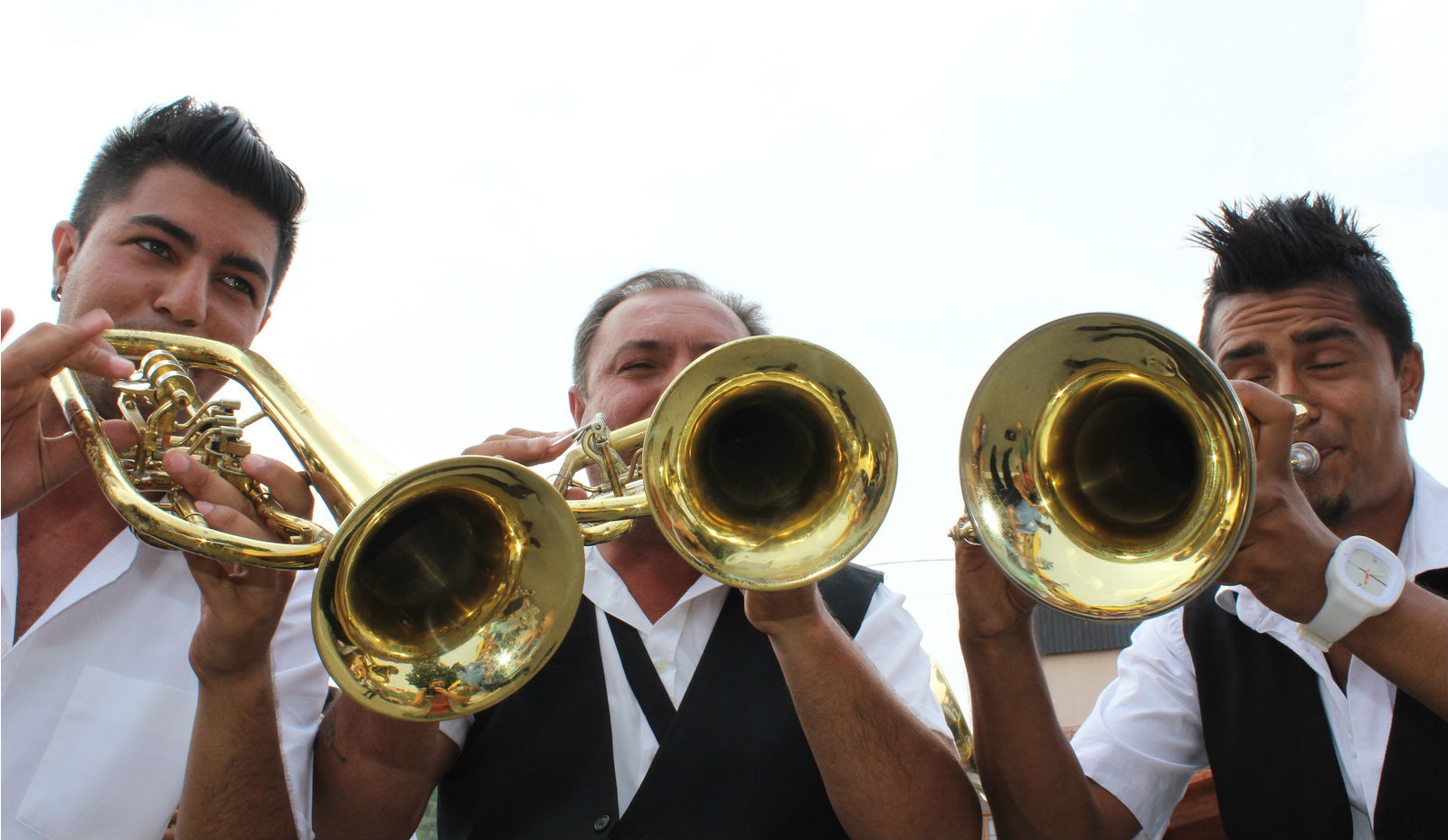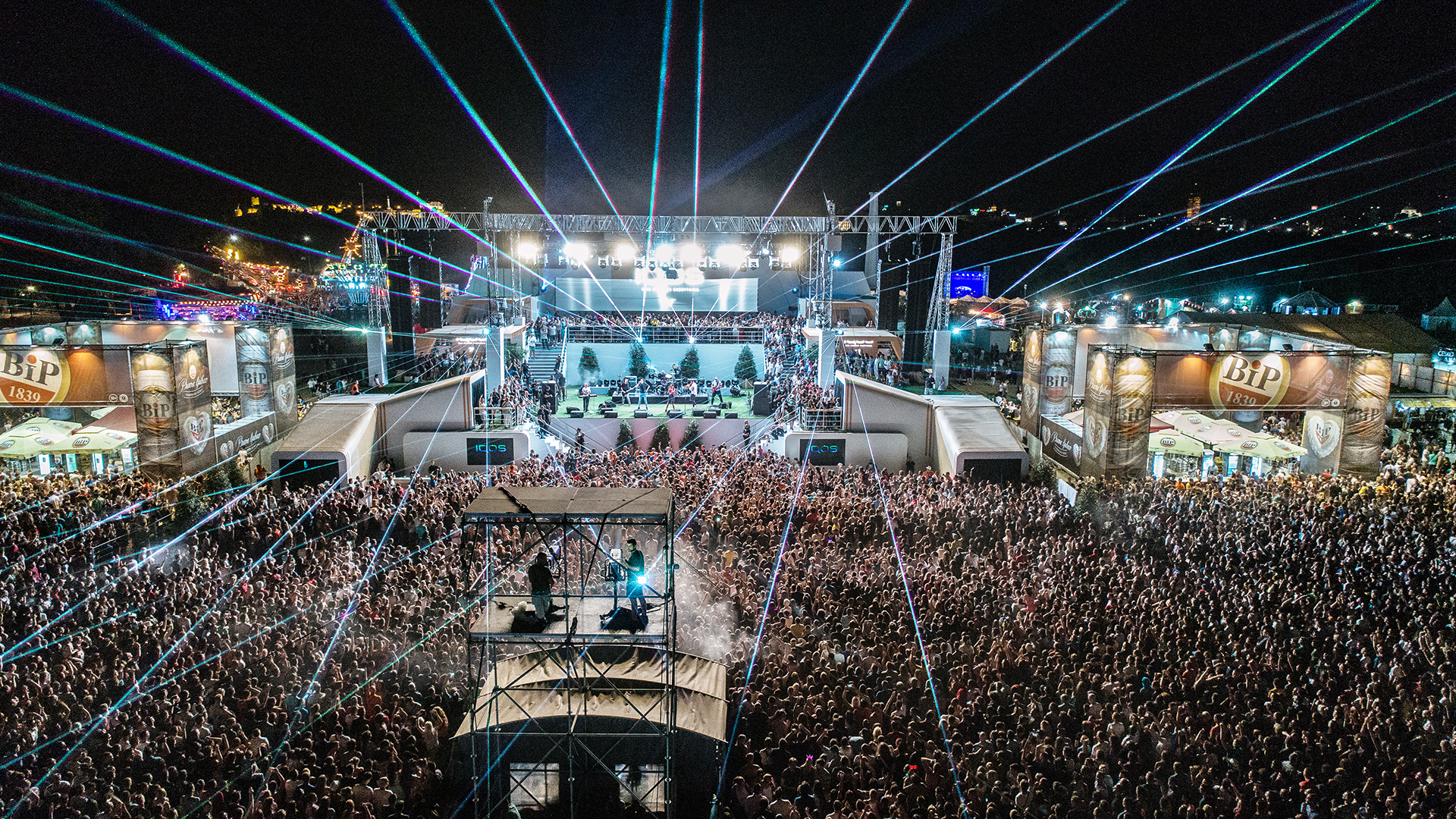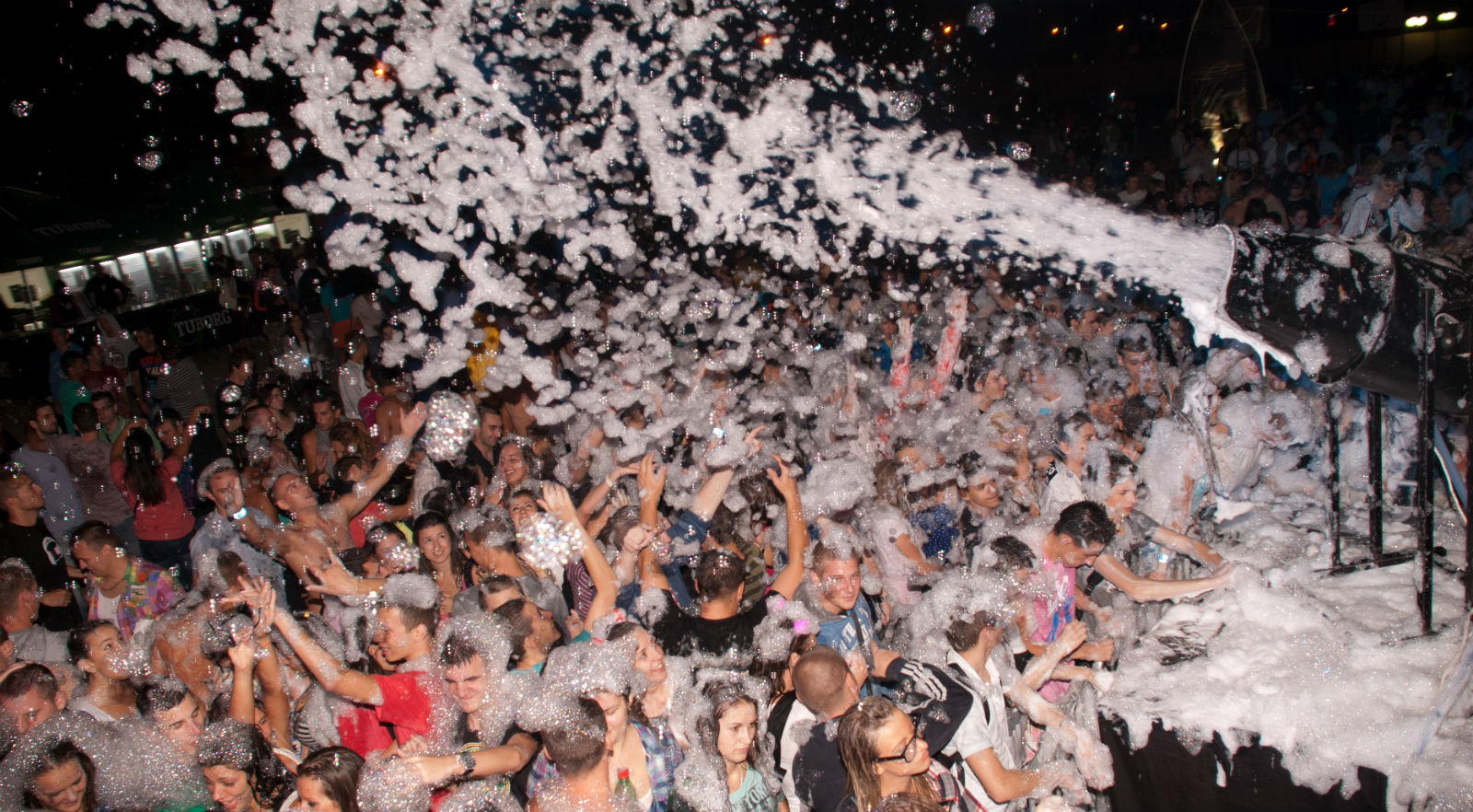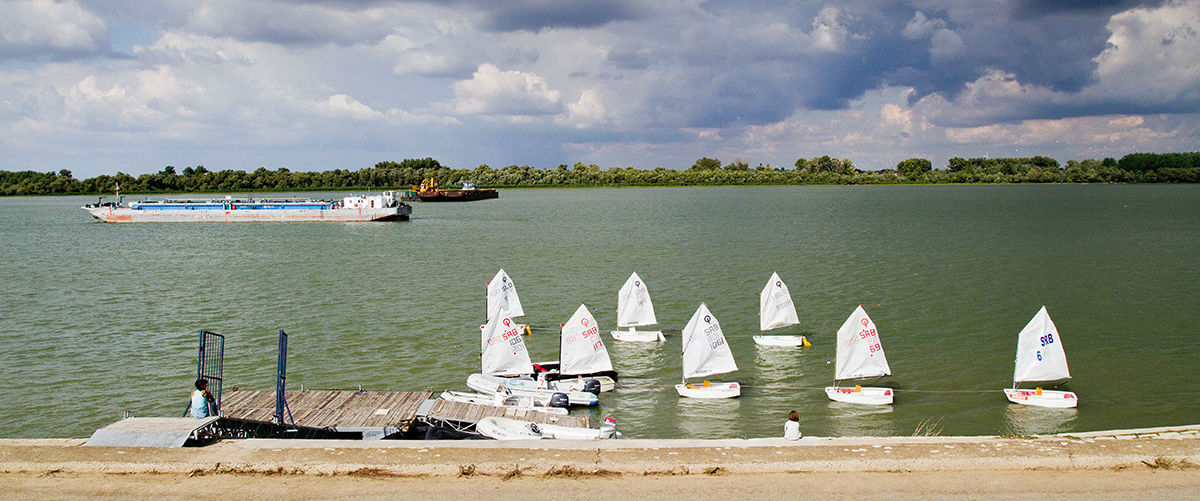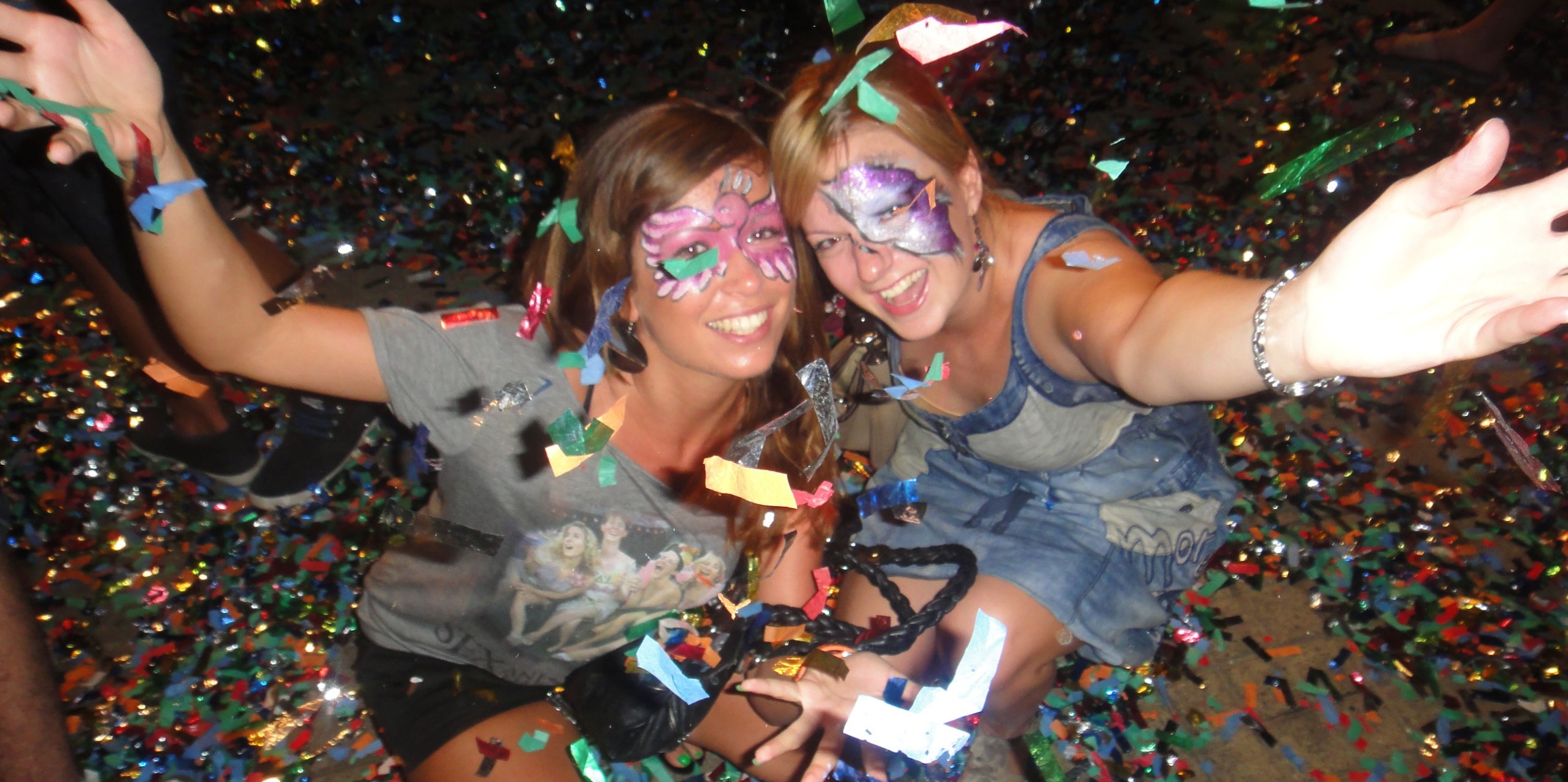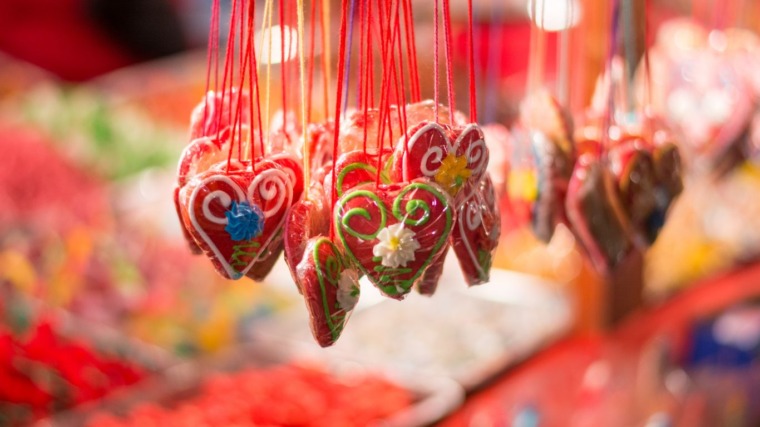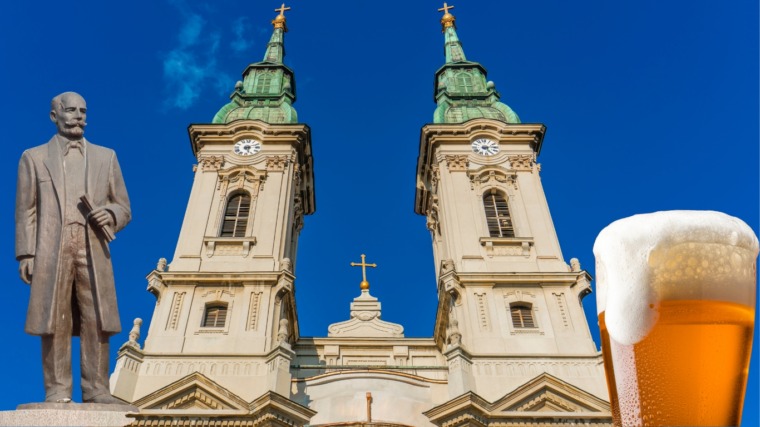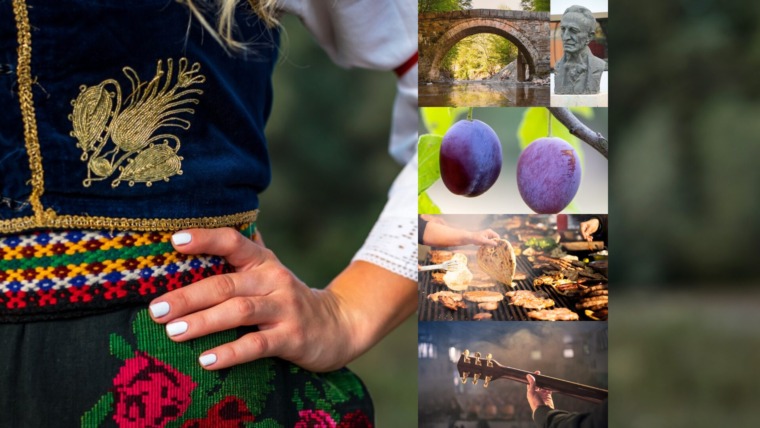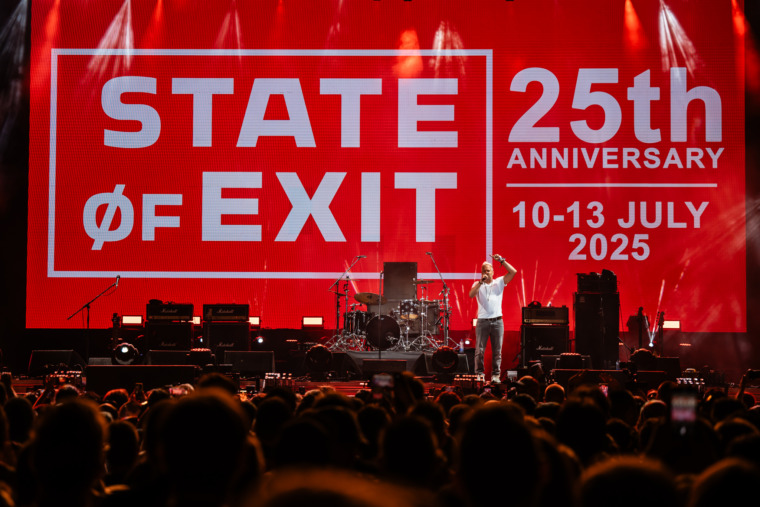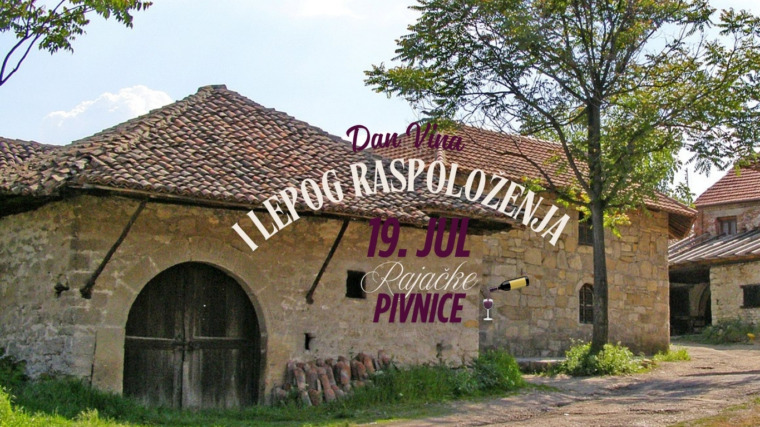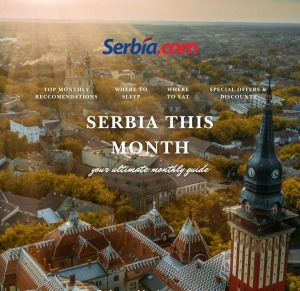Nišville became the most prestigious jazz festival of Southeastern Europe thanks to its unique fusion of music from the Balkans and all types of jazz.
Jazz festival in the city of Niš has a three decades long tradition, and for the last 18 years it bears the name of Nišville. The festival lasts for four days during which you can see performances of around 50 bands and 500 musicians. Each year it is visited by approximately 100.000 people who enjoy both the “traditional” forms of jazz and their mix with ethno traditions from around the world, especially from the Balkans.
Its no wonder such a festival emerged right here in Niš, the city that symbolizes the fusion of the East and the West for centuries.
This Festival has hosted some of the biggest names of world and local jazz scene. Billy Cobham, Roy Hargrove, Tom Harrell, Benny Golson, Solomon Burke, Stanley Jordan, The Rosenberg trio, Larry Coryell, Candy Dulfer, Miroslav Vitous, Milcho Leviev, Chico Freeman, Dr Donald Byrd, Mingus Dynasty, Grace Kelly, Joe “Defunkt” Bowie, Incognito, The Brand New Heavies, Teodosi Spasov, Yildiz Ibrahimova, Duško Gojković, Jamie Davis, Šaban Bajramović and Esma Redžepova are some of the great Jazz musicians that have performed at the stages of Nišville.

The entire program is being organized on five stages – inside and outside the Niš fortress. Beside the main stages, there is a “Movie stage” where visitors can see films about the history of jazz, and a “Rolling stage” which is actually an open buss that cruises the city an attracts a lot of attention. Each year, the festival’s side program includes free workshops for students from Serbia and abroad.
Since 2011, a certain “introduction to the festival” is being organized in the form of two days dedicated to Šaban Bajramović, the legend of Roma music who was named the best soul and blues vocal in the world by some of the top world magazines. His performance of the “Djelem, Djelem” song was declared the anthem of all the Roma in the world.
This great man, who called himself “A Serbian Gypsy”, performed at Nišville just before his death despite being severely ill. A monument to Šaban Bajramović was erected just across the fortress, at the Nišava quay, where for those two “introduction” days numerous musicians, Šaban’s friends and admirers pay tribute to this great musician.
Nišville according to the “DownBeat” magazine
American “DownBeat”, the most famous jazz magazine in the world, defined Nišville as the festival that at the same time promotes jazz as a music direction born in the United States, music tradition of the Balkans, and the combination of these two styles. According to the magazine, “Nišville contributed to presenting the music of the Balkans as a new world trend”.
How to get to the Nišville Jazz Festival?
Niš is at a crossroads. It is on the European route E-75 which comes from Hungary and branches in two directions: in the south towards Macedonia and Greece (E-80) and in the west through the valley of Nišava river, towards Bulgaria, Turkey and further towards the Middle East. In Niš the roads separate to the northwest and southwest of the country.
By plane, over the Podgorica airport with “Montenegro airlines” to all the large European destinations: Frankfurt, Moscow, Dusseldorf, Rome, Vienna, Zurich, London and Paris.
Niš is also well connected through railroads with Serbian and European destinations.
All regional and international buses come and go from the main bus station in the vicinity of the Niš fortress.
When you are already here, don’t miss…
…walking along the quay next to the Nišava river, and having a coffee in the thick shade of the Niš fortress. The main street will take you to the monument of Stevan Sremac and Kalča (a Serbian writer and his fictional character), where you should definitely turn into the cobble street “Kazandžijsko sokače”, and fell the spirit of the old Niš.
You should visit the oldest spa in Europe – Niška banja (eng. the spa of Niš).
Don’t miss chatting with the people from Niš and experience the warmhearted hospitality of the Serbian Southerners.

